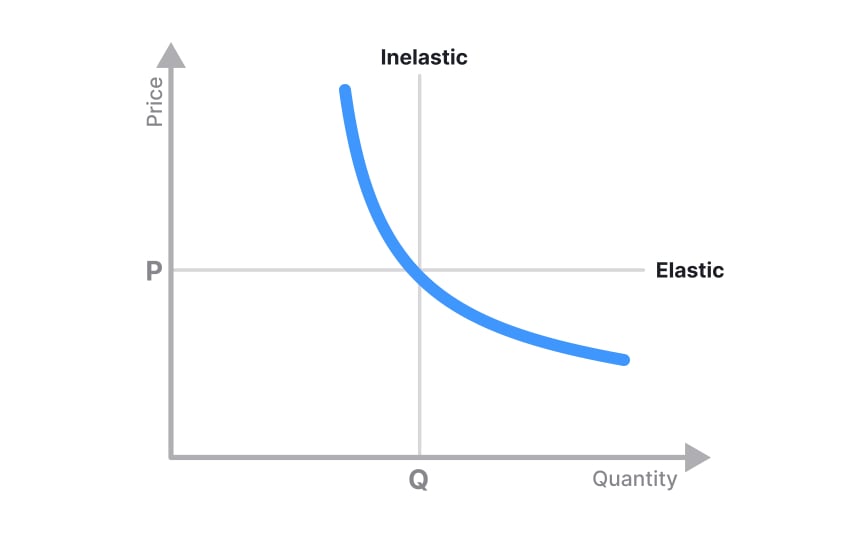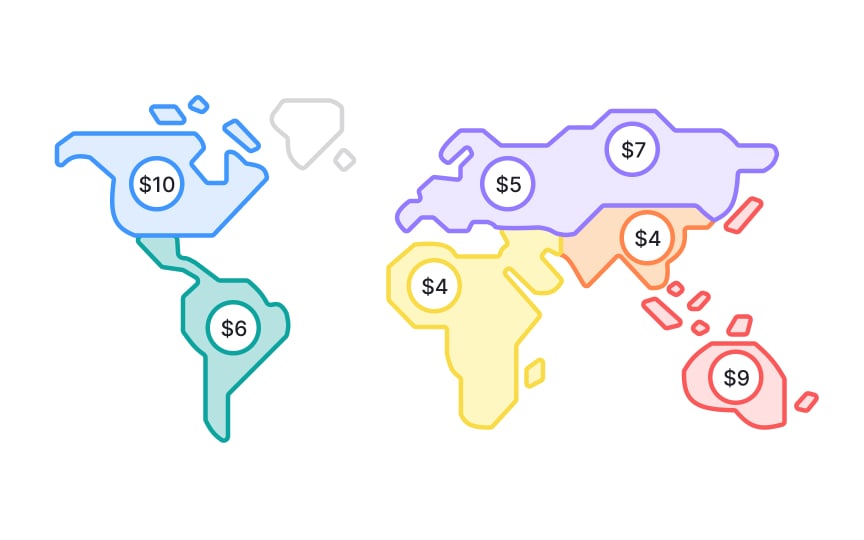Pricing & Monetization Strategies
Find the sweet spot between what customers will pay and what your product is worth
Getting pricing right can make or break a product. It's not just about covering costs or matching competitors. Good pricing captures the value you create while keeping customers happy. Some products thrive on monthly subscriptions, others use free versions to hook users before charging for premium features. Marketplaces take a cut from each transaction. Your choice depends on what you're building and who's buying it. The trick is finding that sweet spot where customers feel they're getting a good deal and your business stays profitable.
Markets change, competitors adjust their prices, and customer expectations shift. That's why pricing isn't a set-it-and-forget-it decision. You need to keep testing different price points, bundling options, and payment models to see what works. Understanding how much different customer groups will pay for different features helps you build a sustainable business that grows over time.
Each serves different customer needs and business goals:
- One-time purchases work well for products with clear, immediate value like software licenses or physical goods
- Subscriptions create predictable revenue streams and work best for services that deliver ongoing value
- Usage-based models charge customers for what they consume, making them ideal for cloud services or utilities
The right model depends on your product type, customer behavior, and market expectations. For example, B2B software often uses annual subscriptions while consumer apps might prefer monthly plans. Understanding these fundamentals helps you pick a model that aligns value delivery with revenue generation.
Value-based pricing sets
To implement value-based pricing, you need deep customer understanding. What problems does your product solve? How much money or time does it save them? A project management tool that saves a team 10 hours weekly might justify premium pricing based on that time value. The key is quantifying value in terms that customers understand.
B2B products often translate this to ROI, while consumer products might emphasize convenience or status. Regular customer interviews and willingness-to-pay studies help refine your value proposition and pricing.
Competitive pricing analysis examines what similar products charge to inform your pricing strategy. It's not about copying competitors but understanding market positioning and customer expectations. This analysis reveals pricing gaps and opportunities in your market.
Start by mapping direct and indirect competitors. For a note-taking app, direct competitors might include Evernote or OneNote offering similar digital note solutions, while indirect competitors could be physical notebooks or voice memo apps solving the same need differently.
Once competitors are mapped, document their pricing tiers, features included, and target segments. Pay attention to how they communicate value alongside
Look beyond the numbers. Why do some competitors charge premium prices? What justifies discount positioning? Understanding these dynamics helps you position your product strategically rather than simply undercutting others.
Psychological pricing uses cognitive biases to influence how customers perceive and respond to prices. These techniques tap into mental shortcuts that drive purchasing decisions beyond pure logic.
Common psychological pricing tactics include:
- Charm pricing: Prices ending in 9 ($9.99) signal bargains while round numbers ($100) suggest premium quality
- Price anchoring: Show expensive options first to make other prices seem reasonable by comparison, or showing the original (higher)
price next to the discounted price, so the lower price feels like a strong deal.[2] - Rule of 3: Offer 3 options to trigger the compromise effect, driving most customers to the middle choice
- Decoy effect: Add a slightly worse option to make your target option look better
- Bundle pricing: Hide individual costs by grouping products together
- Reframing: Present $30/month as "$1 per day" to minimize perceived cost
Understanding these biases helps craft pricing that resonates both emotionally and logically with your target customers.
Luxury goods and products with many substitutes tend to be elastic. Necessities and products with strong network effects show inelastic demand. For example, SaaS tools with high switching costs often display inelastic properties once customers integrate them into workflows. In contrast, entertainment streaming services with many competitors display highly elastic demand, as customers can easily switch between providers when prices change.
Testing elasticity requires careful experimentation. A/B test different price points with similar customer segments. Track not just conversion rates but also customer lifetime value and churn. Sometimes higher prices attract better-fit customers who stick around longer.
Pro Tip: Run price tests on new customer cohorts only. Changing prices for existing users damages trust and retention.
Freemium models succeed when free users convert to paid plans at sustainable rates. Most freemium products see 2-5%
Effective freemium limits create friction at the right moments. Storage limits, user seats, or feature restrictions should align with value realization points. When users hit these walls while experiencing success, they're primed to upgrade. For example, Spotify limits skips and includes ads, pushing engaged listeners toward premium. Similarly, Miro offers a free plan with limited boards and collaborators, encouraging teams that need more flexibility and features to upgrade to paid plans.
The upgrade experience matters too. Make
Product bundling combines multiple offerings into packages that provide more value than individual purchases. Smart bundling increases average order values, simplifies buying decisions, and can hide the true cost of expensive items. Microsoft Office pioneered this by bundling Word, Excel, and PowerPoint.
Pure bundling forces customers to buy the complete package, while mixed bundling offers both individual and bundled options. Cross-product bundles combine different product types, like Amazon Prime mixing shipping, streaming, and shopping benefits. Each approach serves different strategic goals.
Effective bundles share common user needs or use cases. They should offer genuine savings while maintaining healthy
Global products need pricing strategies that account for currency fluctuations, local purchasing power, and regional competition. What works in San Francisco might fail in São Paulo. Successful international pricing balances local market conditions with operational complexity.
Purchasing power parity (PPP) suggests adjusting
Consider local payment preferences too. Credit cards dominate in the US while mobile payments rule in China. Some regions prefer annual payments while others need monthly options. Currency hedging and tax implications add another layer of complexity to manage carefully.
How you present pricing influences perception as much as the numbers themselves. Clear communication builds trust while confusion creates friction. The best pricing pages tell a story about value, not just list features and costs. They guide visitors toward the right choice.
Here are some best practices:
- Lead with outcomes and benefits before revealing
price - Use social proof (reviews and ratings) near pricing to reinforce value
- Highlight savings on annual plans prominently
- Make tier differences crystal clear through visual design and concise feature comparisons.
- Address objections preemptively by including FAQs about billing, refunds, and plan changes
- Show security badges near payment information
- For B2B products, offer "Contact Sales" for enterprise needs
Remember that pricing pages are sales pages that need constant optimization.
References
- Understand Value-Based Pricing: Key Strategies and Benefits | Investopedia




















